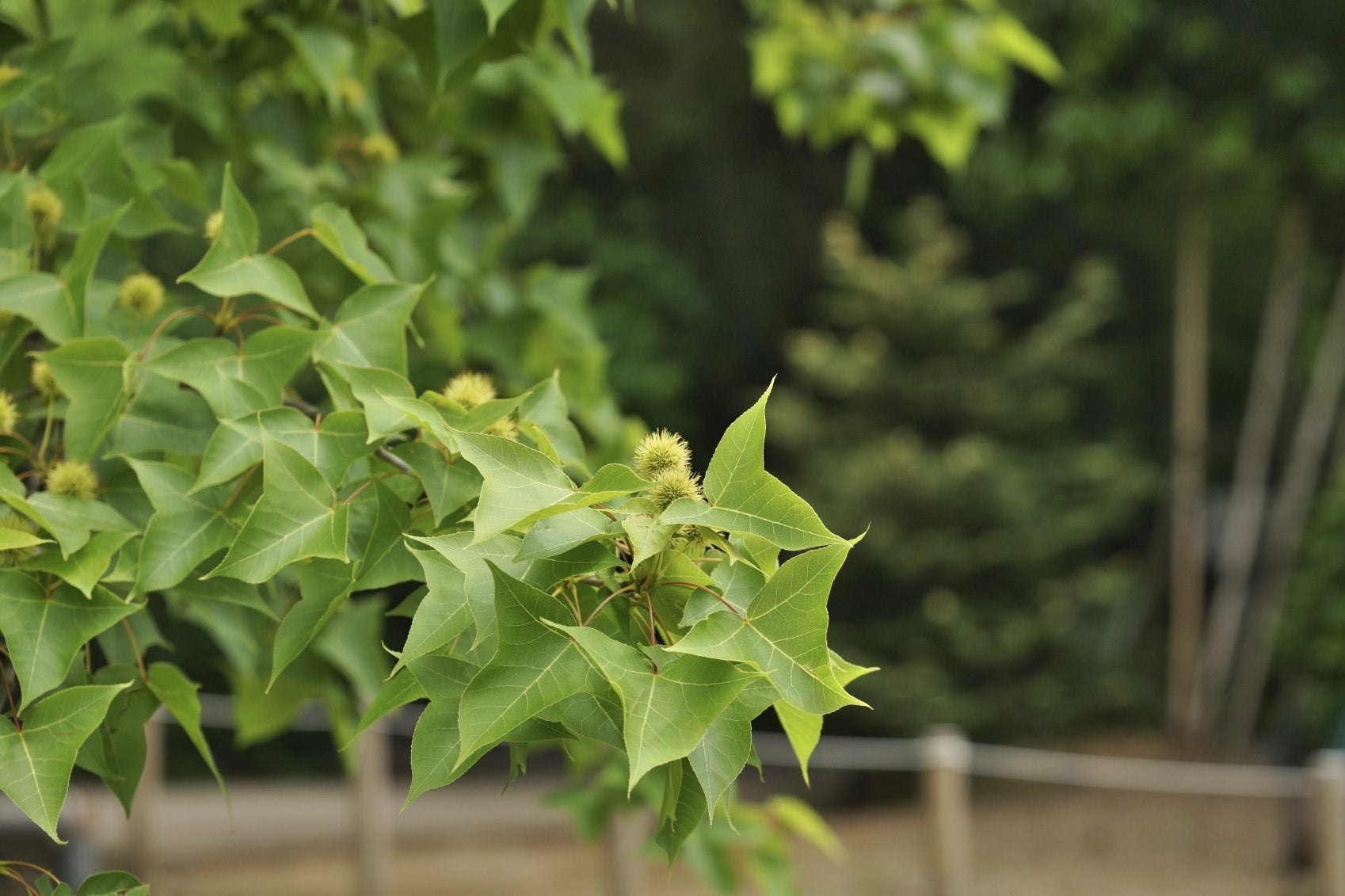Plane Tree Care: Learn About London Plane Trees In The Landscape


Plane trees, also called London plane trees, are natural hybrids that developed in the wild in Europe. In French, the tree is called “platane à feuilles d'érable,” meaning platane tree with maple leaves. The plane tree is a member of the sycamore family and bears the scientific name Platanus x acerifolia. It is a tough, hardy tree with a lovely straight trunk and green leaves that are lobed like the leaves of oak trees. Read on for more plane tree information.
Plane Tree Information
London plane trees grow wild in Europe and are increasingly cultivated in the United States. These are tall, sturdy, easy-grow trees that can get to 100 feet (30 m.) tall and 80 feet (24 m.) wide. The trunks of London plane trees are straight, while the spreading branches droop slightly, creating graceful ornamental specimens for large backyards. The leaves are lobed like stars. They are bright green and huge. Some grow to 12 inches (30 cm.) across. The bark on London plane trees is very attractive. It is silvery taupe but flakes off in patches to create a camouflage pattern, revealing the olive green or cream-colored inner bark. The fruits are also ornamental, tan spikey balls that hang in groups from stalks.
London Plane Tree Growing
London plane tree growing is not difficult if you live in U.S. Department of Agriculture plant hardiness zones 5 through 9a. The tree grows in almost any soil – acidic or alkaline, loamy, sandy or clay. It accepts wet or dry soil. Plane tree information suggests that plane trees grow best in full sun, but they also thrive in partial shade. The trees are easy to propagate from cuttings, and European farmers make hedgerows by thrusting trimmed branches into the soil along property lines.
Plane Tree Care
If you plant London plane trees, you’ll need to provide water for the first growing season, until the root system develops. But plane tree care is minimal once the tree is mature. This tree survives extended flooding and is highly drought tolerant. Some gardeners consider it a nuisance, since the big leaves do not decompose quickly. However, they are excellent additions to your compost pile.
Sign up for the Gardening Know How newsletter today and receive a free copy of our e-book "How to Grow Delicious Tomatoes".

Teo Spengler is a master gardener and a docent at the San Francisco Botanical Garden, where she hosts public tours. She has studied horticulture and written about nature, trees, plants, and gardening for more than two decades, following a career as an attorney and legal writer. Her extended family includes some 30 houseplants and hundreds of outdoor plants, including 250 trees, which are her main passion. Spengler currently splits her life between San Francisco and the French Basque Country, though she was raised in Alaska, giving her experience of gardening in a range of climates.